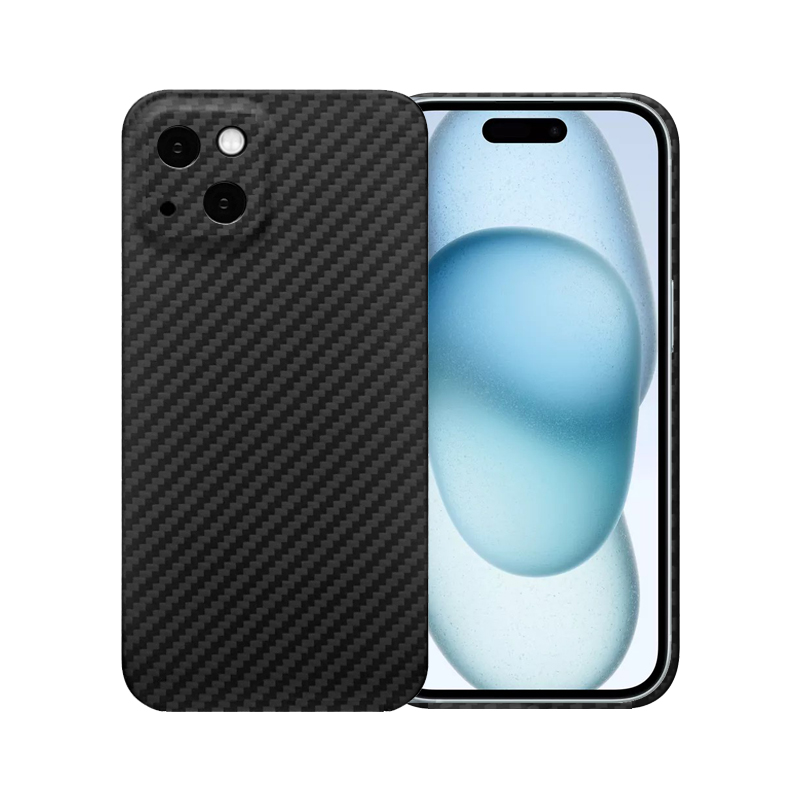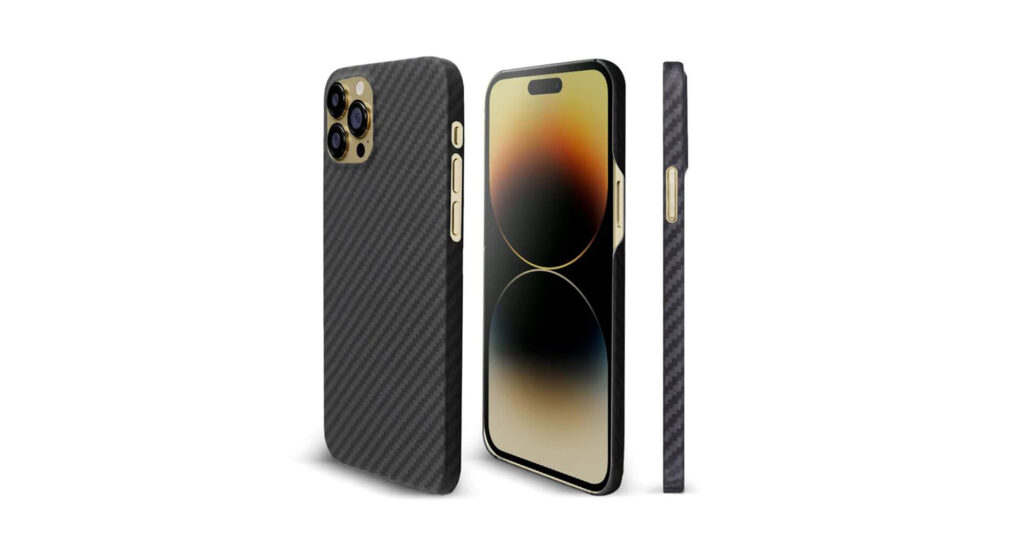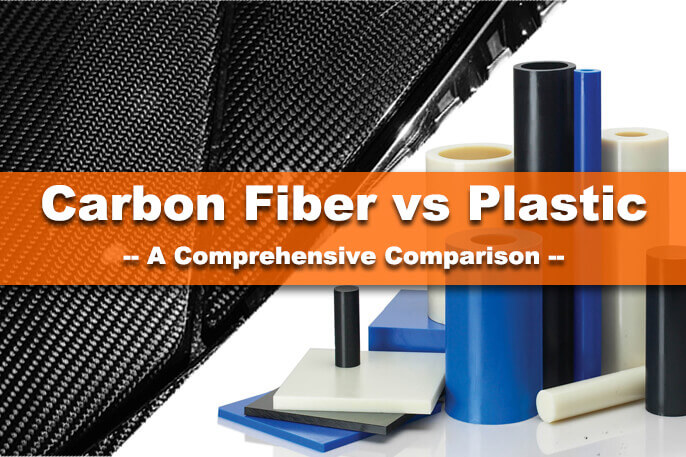Introduction
Carbon fiber phone cases have surged in popularity. They offer a sleek look and strong protection. However, many users may ask: Does carbon fiber phone case block signal?
Some claim their calls drop more often. Other users say that they have noticed that their data speeds are slower.
This article explores whether carbon fiber cases really block signals. We’ll look at the science, real-world tests, and practical tips. Our goal is to give you clear, useful information.

How Phone Signals Work?
Cell phones connect via radio waves. These waves travel between your device and nearby towers.
Your phone’s antenna sends and receives these signals. Anything that shields or absorbs these waves can weaken reception.
Materials like metal and conductive composites are the main culprits. Silicone, plastic, and leather let signals through without much trouble.
Knowing this helps explain why some cases make things worse.
The Conductive Nature of Carbon Fiber
Carbon fiber is made of thin strands of carbon atoms bonded in a matrix. This structure gives it high strength and low weight. It also makes it electrically conductive.
Conductive materials can reflect and absorb radio waves. In fact, carbon fiber composites are used for electromagnetic interference (EMI) shielding in many industries.
This same property can, in theory, block or weaken the frequencies used by cell phones, GPS, Wi‑Fi, and Bluetooth.
Do Carbon Fiber Cases Block Signal?
Not necessarily. The degree of signal blockage depends on several factors:
- Fi1ber Thickness: Thicker layers block more waves.
- Weave Pattern: Tighter weaves create a near‑solid conductive layer.
- Case Design: Openings around antenna locations let signals escape.
- Composite Quality: Pure carbon fiber vs. blends (e.g., with aramid or plastic) behave differently.
A well‑designed case uses minimal carbon around antenna areas. This greatly reduces any impact on reception.
Real‑World Reports
Many users report little to no signal change with quality carbon fiber cases. In urban areas, strong tower coverage hides small losses.
One manufacturer notes that poor designs may cut signal strength. But, in the cities, the impact is barely noticeable.
However, in rural or weak‑signal zones, even slight attenuation can cause dropped calls or slower data speeds.
Testing Signal Attenuation
Formal lab tests show that carbon fiber composites can provide over 120 dB of EMI shielding in ranges up to 1.5 GHz.
Cell phone bands (roughly 700 MHz to 2.6 GHz) fall within this range.
In practical tests, full‑coverage carbon cases sometimes cut signal strength by 10–20%. This is enough to affect data rates but rarely enough to drop calls in good coverage areas.
Comparing Carbon Fiber and Other Materials
| Material | Signal Impact | Strength | Weight |
| Carbon Fiber | Moderate to High | Very Strong | Very Light |
| Aramid Fiber | Minimal | Strong | Light |
| Silicone/TPU | None | Medium | Medium |
| Leather | None | Low | Light |
Aramid (Kevlar) cases offer many benefits of carbon fiber without blocking signals. They can absorb impacts well and are non‑conductive, letting radio waves pass freely.
Tips to Minimize Signal Issues
- Select Hybrid Designs: Look for cases with carbon fiber only on the back, leaving antenna bands exposed.
- Check Uers’ Experience: Read reviews from users in both urban and rural areas.
- Test It: If possible, try a case in your worst‑coverage spot.
- Use Signal‑Friendly Materials: Consider blends of carbon fiber with plastic or aramid to reduce conductivity.
- Pay Attention to Thickness: Thinner laminates block fewer waves.
When Signal Matters Most
If you live in remote areas, even some slight blockage can influence your phone’s signal.
Emergency responders, hikers, and field technicians also should pay attention to this. They should prioritize non‑conductive cases or tested hybrid models.
In urban settings, signal attenuation is rarely noticeable, so full‑carbon cases are usually safe.
Conclusion
Cell, GPS, and Wi-Fi signals can be partially blocked by carbon fiber phone cases. This is unavoidable in designs made of pure carbon due to its conductivity and shielding qualities.
To minimize signal loss, contemporary case makers employ hybrid materials and well-placed cutouts.
The impact is minimal for the majority of urban users.
Select cases that combine carbon fiber with non-conductive materials or use aramid fiber if you spend a lot of time in weak-signal areas.
You can benefit from the strength and style of carbon fiber without compromising dependable reception with the correct design.


